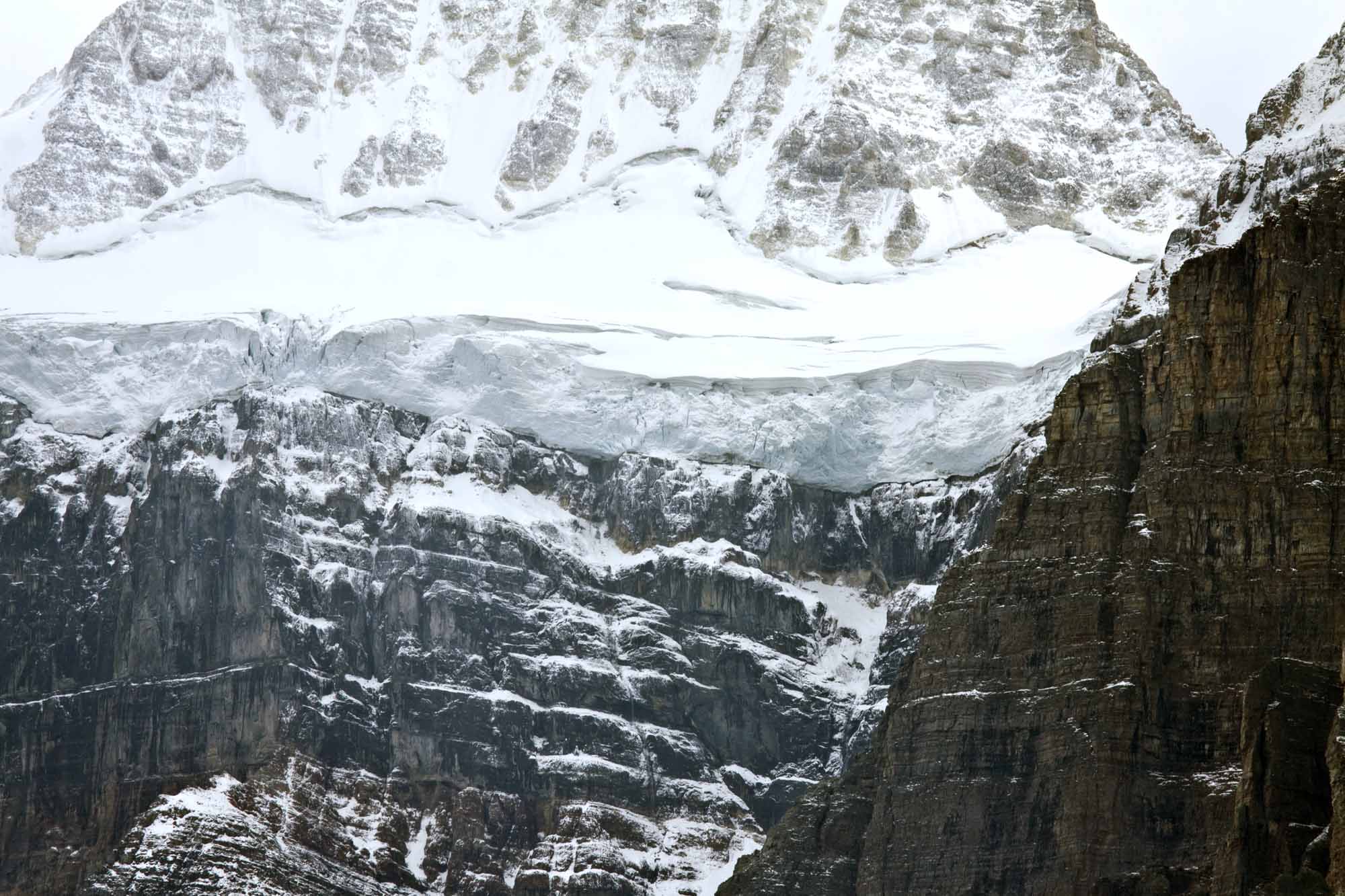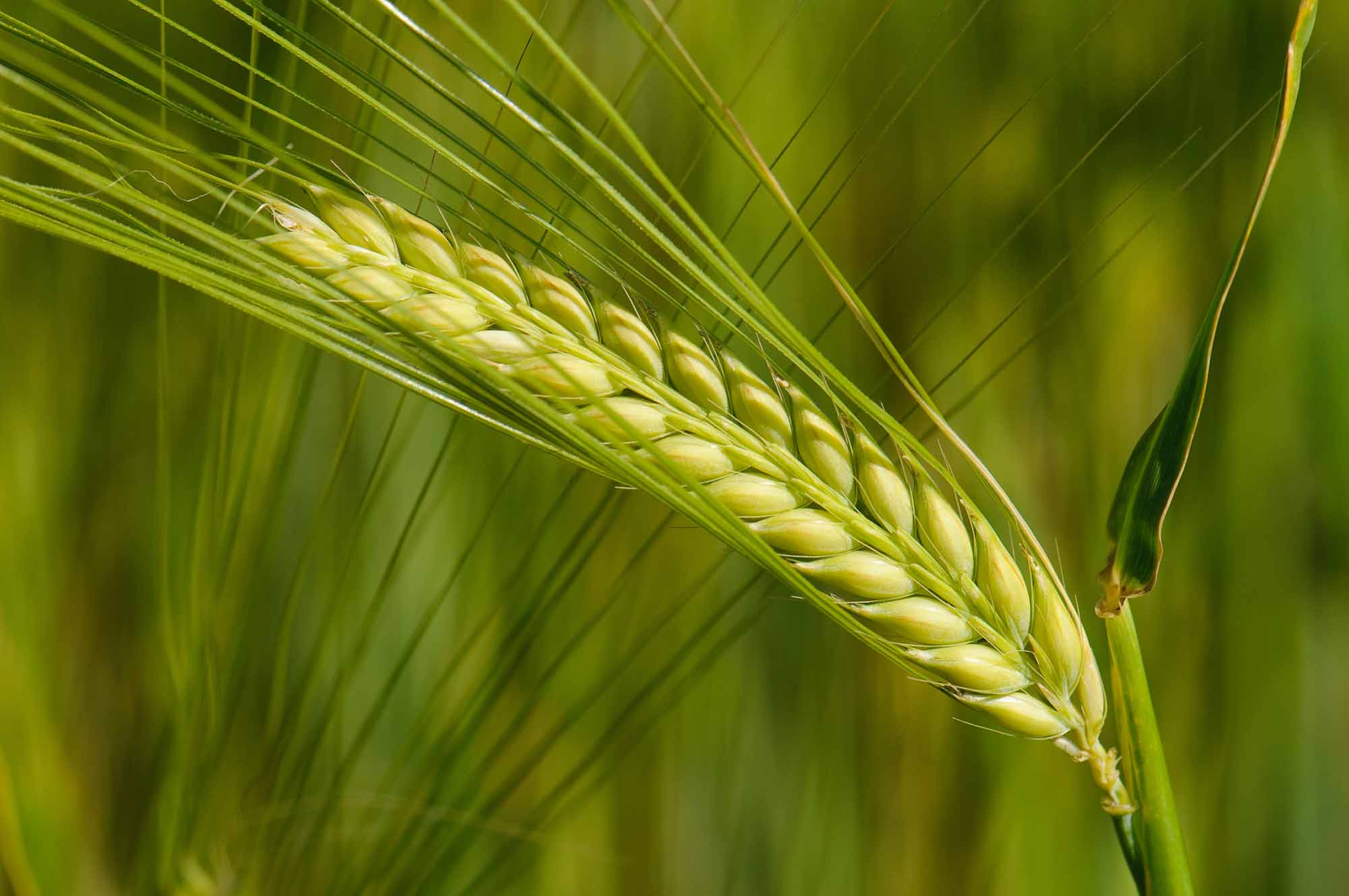Article
Asteroids Named After Places in Canada
Asteroids were first discovered in 1801. Also known as minor planets, these rocky bodies are believed to have originated as planetesimals (small, solid celestial bodies) during the creation of the solar system, around 4.5 billion years ago. Asteroids orbit the Sun and can be as small as several metres or even as large as hundreds of kilometres in diameter. (See also Planet and Satellite.) There are estimated to be over 1.3 million asteroids in our solar system. Although most will never be seen by the naked eye, many asteroids are assigned names by the Working Group for Small Bodies Nomenclature of the International Astronomical Union (see Astronomy). Several hundred asteroids have been named in connection to Canada. Some of these asteroids describe places, while others honour people or commemorate events. This list includes ten asteroids which are named after places in Canada.











